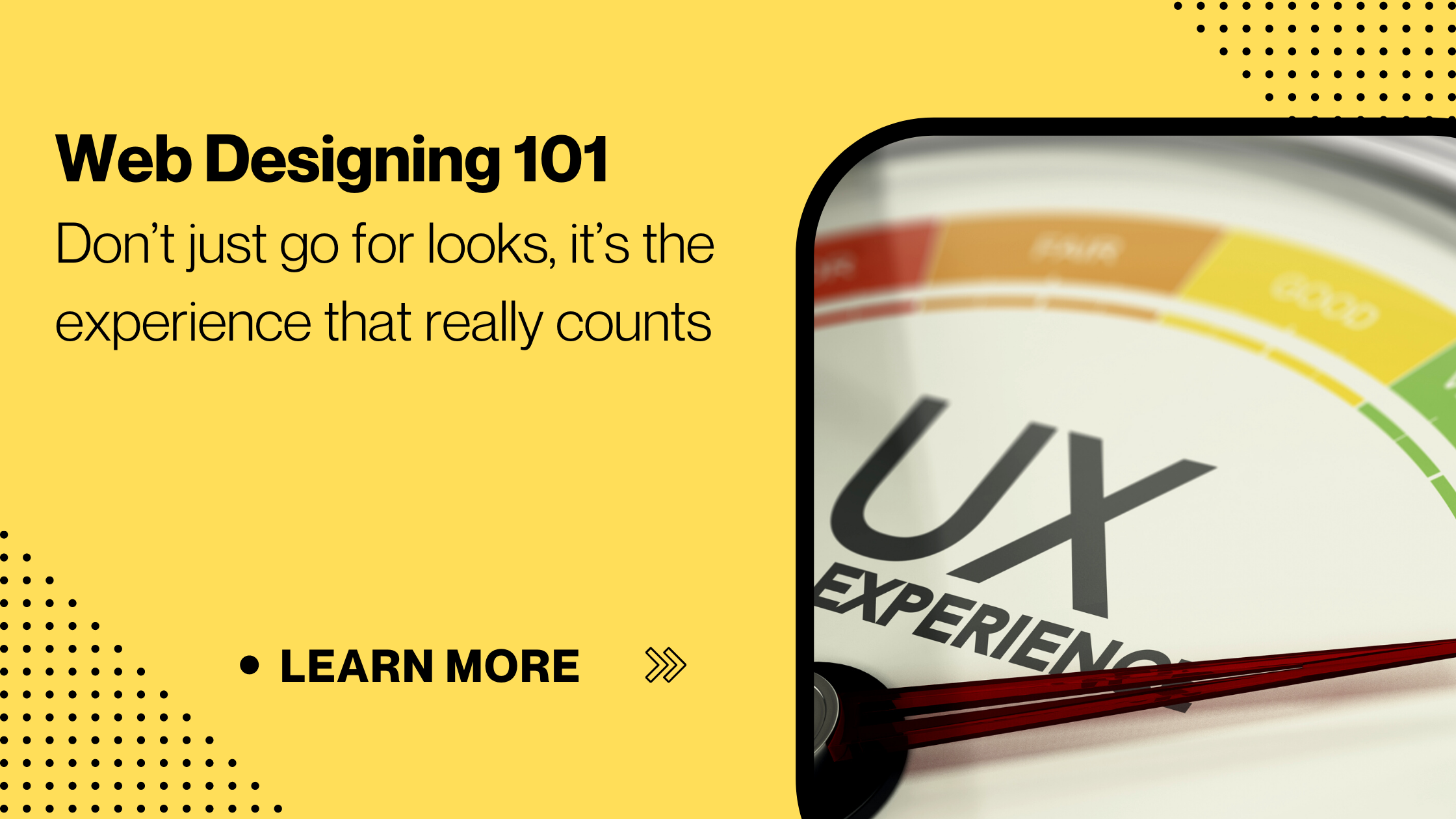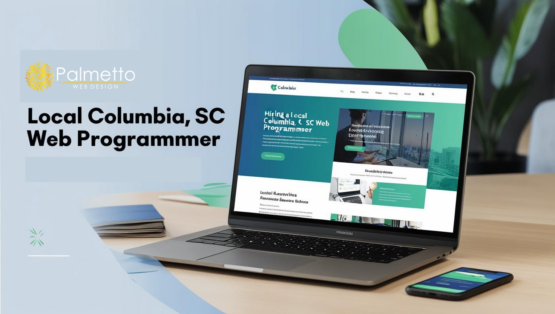The web designing world has lately gone through a sea change in comparison to the ways it was done 10 years back, and before. Traditional web designing (based ONLY on looks) is slowly but steadily coming to an end. UX designing is the one being considered the next big thing in web designing, and justifiably so.
But before we delve deep into our topic, we need to brush up a few of the basics first. So let’s begin.

The fundamental differences between Traditional web designing and UX designing
Traditional web designing is based PURELY on the LOOKS of a website. More and more stress is given on the appearance of a website on the World Wide Web, and that’s basically it.
UX designing, on the other hand, stresses more on USER EXPERIENCE to looks. Here’s a diagrammatic representation of the UX hierarchy of needs; something that’s considered to be an integral part of UX designing, on the whole.

Source- Flickr
UX designing mainly deals with FIVE questions, in particular:
- How does a random visitor on the internet experience your site, on the whole? Is it aesthetically appealing enough?
- Is your site legible to an outsider?
- Is your site easily comprehensible?
- Is there a “call to action” button on your website?
- Does your website maintain all the attributes of visual hierarchy for better results?
You need to find the answers ASAP. For that, you need to take the following factors into consideration:
- The loading time of your website. The more the loading time, the worse it is.
- Maintenance of visual hierarchy.
- Quality of content.
- Content highlights.
- Easier accessibility.
UX designing considers all the aforementioned factors as an integral part of its designing whereas traditional designing bases itself only on looks. So naturally, UX designing gained more and more grounds over traditional designing with the natural passage of time.
UX designing is the future of web designing: Why?

There are mainly three reasons capable of explaining this better than anything else, in particular. Here, have a look:
- The rise of responsive web designing
For a long time, websites were mainly designed to work on traditional desktops and laptops. Mobile optimization was never stressed well enough until now.
Today, the advent of mobile internet has made it mighty important for businesses to focus themselves on the prospects of mobile dealings. Thus, the concept of responsive web designing, an integral part of UX web designing, came into existence.
Responsive web designing is mainly done to make content look good on ANY device, be it a mobile or a desktop, or an HDTV. This ensured the fact that businesses get more and more traffic from the mobile internet, thereby, generating more and more businesses in the long run.
- Designing isn’t all about LOOKS and FEELS; it’s also about how it WORKS
Steve Jobs said this around 10 years back:

Source- Flickr
“Most people make the mistake of thinking design is what it looks like. People think it’s this veneer – that the designers are handed this box and told, ‘Make it look good!’ That’s not what we think design is. It’s not just what it looks like and feels like. Design is how it works.”
Standing in 2022, we can really say, “How right he was! A true visionary which he undoubtedly was; there’s no question about it.”
- The rising popularity of content management systems
In the past few years, the popularity of content management systems like Joomla!, WordPress, etc. have simply soared off the roof as a result of their ease of accessibility.
Most people, including those having no prior technical idea of designing a website, can design a website now through the simple aid of the CMSes. You don’t even need to put in any code. Just a simple click, drag and drop would do.
This is seemingly seen as a threat by many traditional website designers. The only thing that can help to keep this threat at bay is professional UX designing by an expert SC web designer.

To sum up, we can easily confirm that UX designing is the future of web designing. So if you aren’t on the bandwagon yet, you better get on it ASAP. You will definitely be benefited in the long run as a result of the same.




